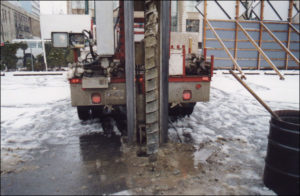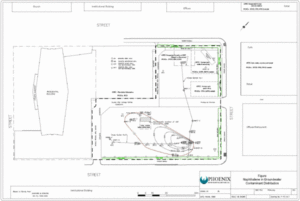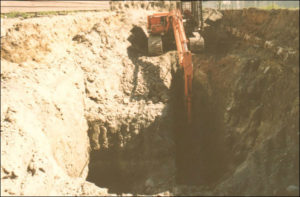Site Contamination Investigations

Concerns over contaminated property and the expanded responsibilities for clean-up costs have heightened in recent years, especially among lending institutions. More stringent provincial laws have been passed, establishing joint and several liability for contaminated sites. This legislation casts a wide net over both current and past owners, current and past operators, as well as others involved in property transactions and development.
Phoenix Environmental helps property vendors, prospective purchasers, lending institutions and developers with their due diligence respecting potential contaminated site liability. We conduct Stage 1 and Stage 2 Preliminary Site Investigations to assess potential risks for contamination to have occurred (Stage 1), and confirm through soil and groundwater testing (Stage 2) that contamination is either absent or present at a site.

Whether it’s for a property transaction, re-development planning, or just for prudence, understanding the risks for site contamination at a property starts with a Stage 1 investigation. Stage 1 investigations examine the risk of site contamination based on past and present use of the site as well as surrounding properties, and generally include:
- Research on historical land uses
- Interviews with knowledgeable sources
- Visual site inspection and photo documentation
- Assessment of the risk of site contamination and recommendations for further action if needed
If contamination is found, a Detailed Site Investigation utilizes more extensive soil, soil vapour and groundwater testing to delineate the extent of contamination (area, depths, volumes for each contaminant). Based on the results of a Detailed Site Investigation, a Remediation Plan describes the methods, sequence, timeframes and costs entailed in cleaning up contamination found at a site.

A Confirmation of Remediation Report documents the remediation actions implemented and provides verification that contamination has been removed. Sometimes, when physical remediation is either not possible or not practically feasible, site contamination can be dealt with by Risk Management instead.
Phoenix Environmental has helped our clients with all stages of contaminated site investigations, including obtaining Certificates of Compliance based on meeting numerical standards following physical remediation, or risk-based Certificates of Compliance utilizing human health and ecological risk assessment to show that contaminated soil, soil vapours, sediment and groundwater can be left in place, in compliance with British Columbia’s Contaminated Sites Regulation.
